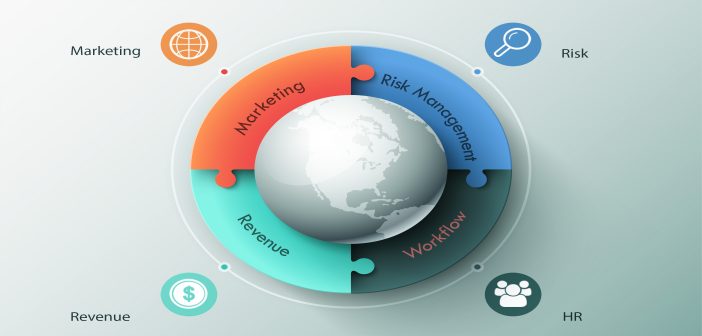Quick question: What is one of the most recognized brands in the world today (hint: people line up for hours to be the first to buy their product at a huge premium)? Who is their CEO? What function does he come from?
Before I give you the answers, this question about getting a seat at the table for Procurement / Supply Chain or getting to the C-suite has been around for a while. We’ve written (as have many others) many an epistle about it and have spoken at many conferences. In fact, it permeates our entire curriculum at Sourcing / Supply Chain “U”. At our recent Procurement / Supply Executive Round Table (PERT) event, as usual we asked the participants to decide on the topic for our next workshop on July 11th and they picked the title of this blog. Let me share with you what the framework for the discussion will be at PERT and what it will take for us to travel the road and reach the C-Suite or even better, become the CEO.
We think there are four key business Value Drivers that are not typically part of the Procurement / Supply executives’ agenda but need to be and will not be added by anyone else, so therefore need to be grabbed. Here is the framework that we have developed:
REVENUE: For far too long, we have focused exclusively on the bottom line and tried to maximize that through lowest price/cost. I think by now we all agree that has trapped us into a box and very few of us have been able to escape that box – successfully. It is way beyond time that we also start looking at the top line (revenue) and identifying how we can impact that. And there are many ways that we can – all the way from using suppliers to bring innovation and therefore new products or sources of revenue, to becoming part of the sales effort directly by going on sales calls and establishing relationships and credibility with the CPO on the customer side(B2B) or helping improve the customer satisfaction scores through better value chains(B2C).
CORPORATE RISK: While we have made advances in better managing supply chain/supplier risks, we have not extended that capability to help manage overall Corporate Risk – and it’s not that big a leap. Supply Chain risk is directly tied to customer satisfaction risk. Geo-political risk in a supplier analysis is also a corporate risk element.
MARKETING: Most of the efforts we see in dealing with a CMO (Chief Marketing Officer) are directed at reducing their costs in terms of what they buy (print, advertising etc.) Yet, as you’ve probably heard us ask numerous times – how many CMO’s do you know who’ve been fired for exceeding their print budgets (zero!!!). What we need to do is identify their Value Drivers (market penetration, brand awareness etc. etc.) and make sure that our category strategies are directly tied to those goals and are delivering those results.
STRATEGIC WORKFORCE PLANNING: Our efforts in this have been limited to standardizing job descriptions and rate cards to make sure we are getting the lowest rates from personnel providers (temp. firms, engineering services, IT staff augmentation etc., etc.) What is really needed is for someone to ask the hard questions around are the right decisions being made in terms of what workforce needs we are buying versus what we are hiring? Are we buying strategic competencies that are a competitive advantage and therefore not building and protecting that competency internally? This is a perfect opportunity to partner with HR and as part of our Category Management strategy to collaborate on Strategic Workforce Planning efforts.
These are but a few (yet very critical) Value Drivers that are available for us to take advantage of on our road to the C-Suite. They will not be handed to us so we must grab them selfishly. In a later blog, I will discuss what it will take in terms of skills and competencies to do that. Please mark your calendars to attend the next PERT event where we will spend the entire day on this topic. Apple – Tim Cook – Supply Chain 🙂 !!


4 Comments
Pingback: Are You Running a Talent Factory? You Should Be! - News You Can Use
Pingback: Do You Know The Difference Between Strategic Sourcing & Category Management? AND Where Is Your Organization On The Maturity Model? - News You Can Use
Pingback: Do You Know the Difference Between Strategic Sourcing & Category Management – Change is Worth It! - News You Can Use
Pingback: Do You Know the Difference Between Strategic Sourcing and Category Management? No Sponsorship; Limited Success! - News You Can Use